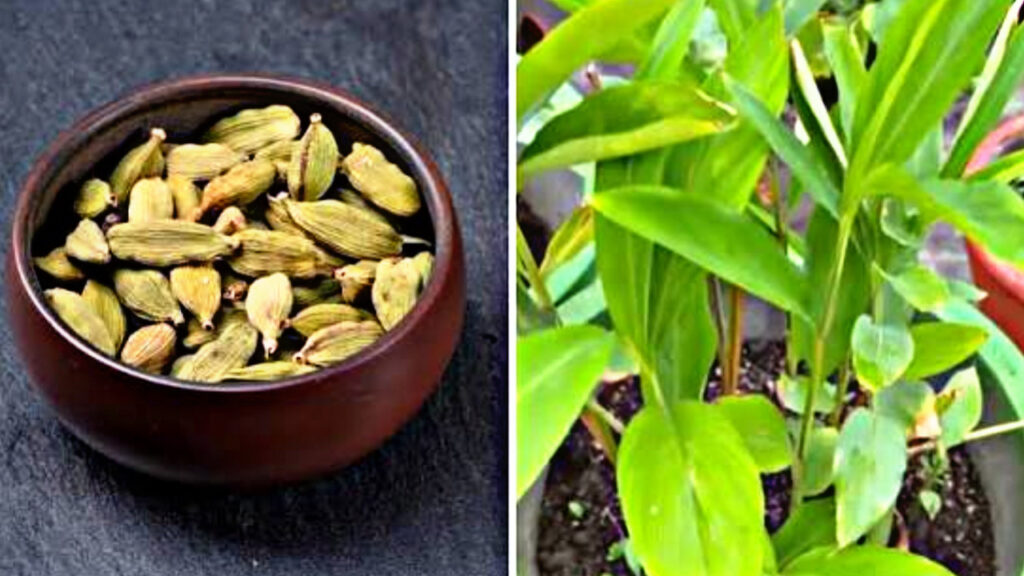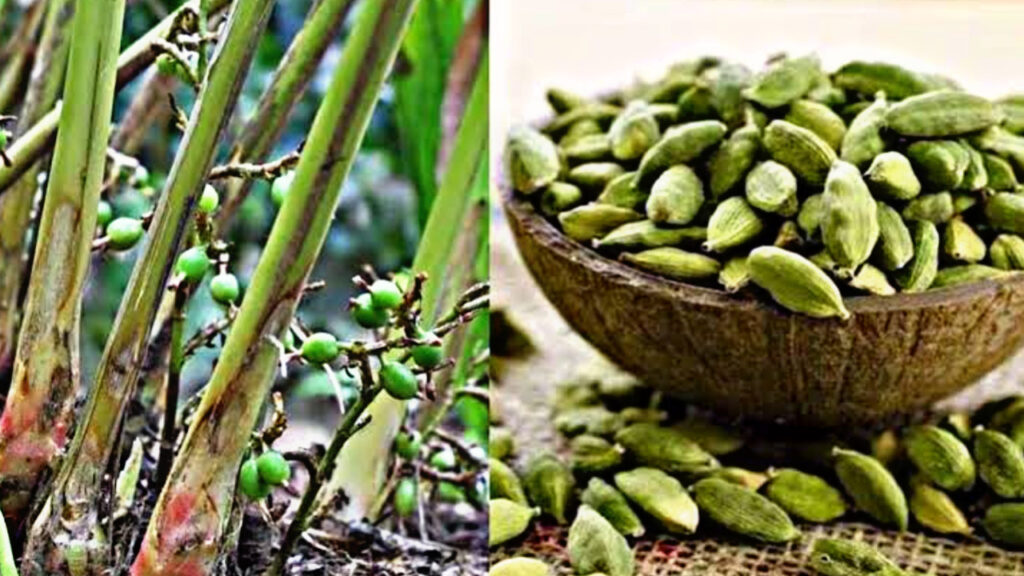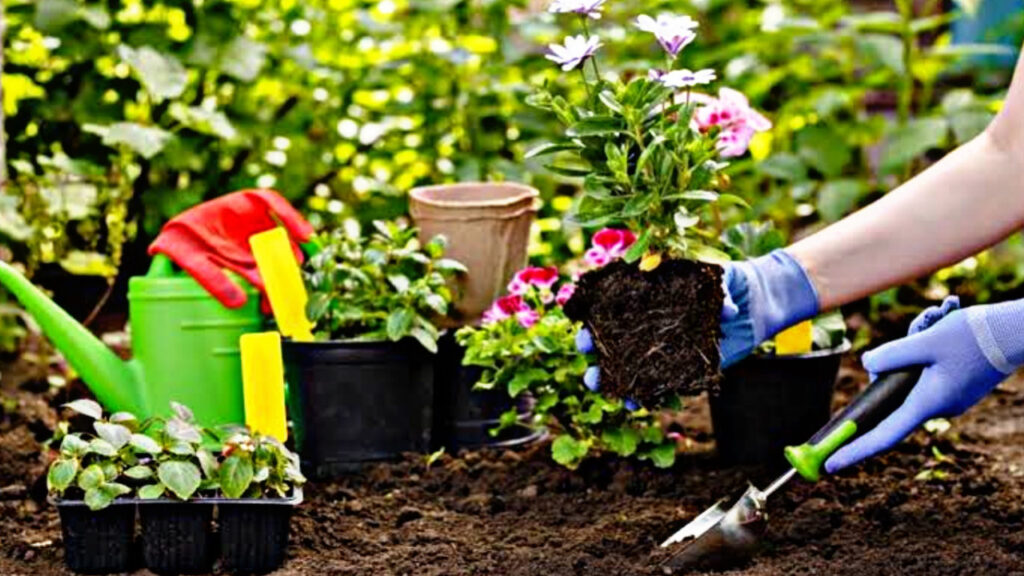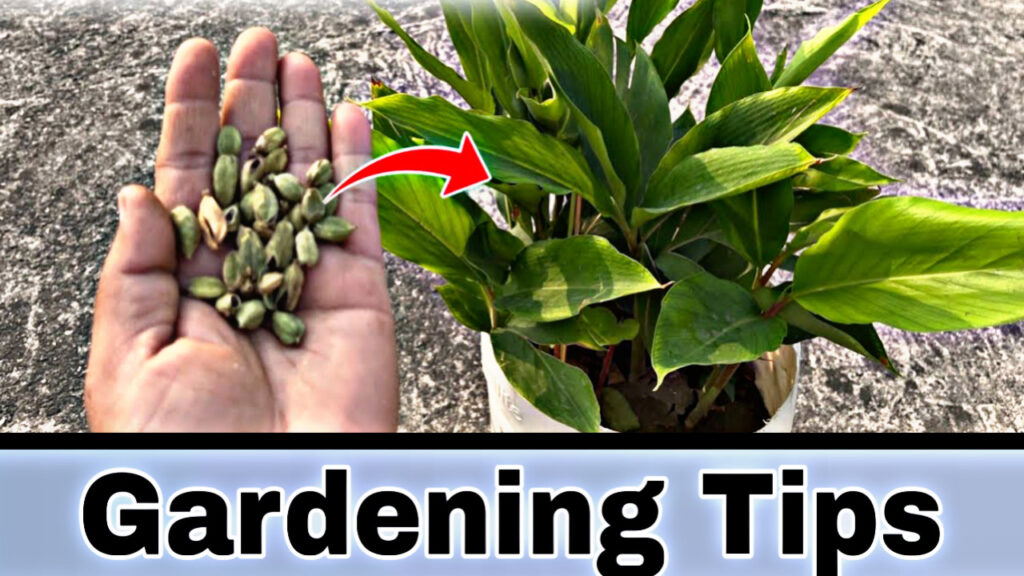Gardening Tips
Cardamom, often called “the queen of spices,” is a fragrant and versatile herb used widely in culinary and medicinal applications. If you’re looking to add a dash of spice to your kitchen garden, cardamom is a perfect choice. Growing cardamom in your garden, especially in small spaces or containers, can be rewarding and fun. This article offers simple and effective tips for planting and caring for cardamom in your kitchen garden.

1. Choose the Right Climate
Cardamom thrives in warm, humid climates, so it’s ideal for tropical and subtropical regions. If you live in a cooler climate, consider growing it in a pot or container so you can move it indoors during colder months. A temperature range between 20°C to 35°C (68°F to 95°F) is ideal for its growth. Cardamom requires high humidity to flourish, so if you live in a dry area, you might need to supplement moisture with regular misting.
2. Prepare the Soil
Cardamom prefers well-drained, fertile, and slightly acidic soil. Before planting, improve the soil by adding organic compost or manure. A loamy soil with good drainage is essential to avoid waterlogging, which can harm the roots. The pH level of the soil should be between 6.0 to 6.5. If your garden soil is heavy or clayey, mix in sand or perlite to ensure proper drainage.
3. Select the Right Location
Cardamom plants grow best under partial shade. Direct sunlight can scorch the leaves and reduce growth, so choose a location that gets filtered sunlight or place your plants in a spot that is shaded during the afternoon heat. In containers, you can control the amount of sunlight exposure by moving the pots as needed.
4. Planting Cardamom
You can start cardamom from seeds or small saplings. Seeds can be soaked overnight in water before planting to speed up germination. When planting, create small holes about 2-3 inches deep and space them around 12-18 inches apart to allow the plants to grow without crowding each other. If you are using a container, ensure it is large enough to accommodate the plant’s growth, with good drainage holes at the bottom.

5. Watering
Cardamom plants love moisture but are sensitive to waterlogging. Keep the soil consistently moist, but not soggy. Water the plants regularly, especially in hot weather, but always check that the soil drains well. Overwatering can lead to root rot, while underwatering can cause the plant to dry out. Be sure to water in the early morning or late afternoon to prevent water evaporation during the hottest part of the day.
6. Mulching
To retain moisture and keep the roots cool, apply a layer of organic mulch around the base of the cardamom plant. Mulch helps prevent weeds from growing and provides the added benefit of slowly decomposing into the soil, enriching it with nutrients.
7. Fertilizing
Cardamom plants benefit from regular feeding to ensure healthy growth. Use a balanced liquid fertilizer every 3-4 weeks during the growing season. You can also apply compost or organic fertilizers to enrich the soil with nutrients. Avoid over-fertilizing, as it can burn the roots and harm the plant.

8. Pruning and Care
Cardamom plants grow tall and have a clumping habit. Trim any dead or damaged leaves regularly to maintain the plant’s health and encourage new growth. You can also divide the plant every few years to prevent overcrowding and promote better airflow between the plants.
9. Harvesting
Cardamom takes about 2-3 years to mature and produce the tiny, aromatic pods. The pods should be harvested when they are fully ripened, usually when they start to turn yellowish or begin to split open. Cut the pods carefully and allow them to dry for a few days before storing them. Once dried, you can use the seeds for culinary purposes or plant them for new growth.
Growing cardamom in your kitchen garden is a rewarding experience. With proper care, you can enjoy home-grown cardamom to enhance your cooking and add a touch of nature to your space. By following the tips mentioned above, you can cultivate a healthy and productive cardamom plant that will thrive for years.





